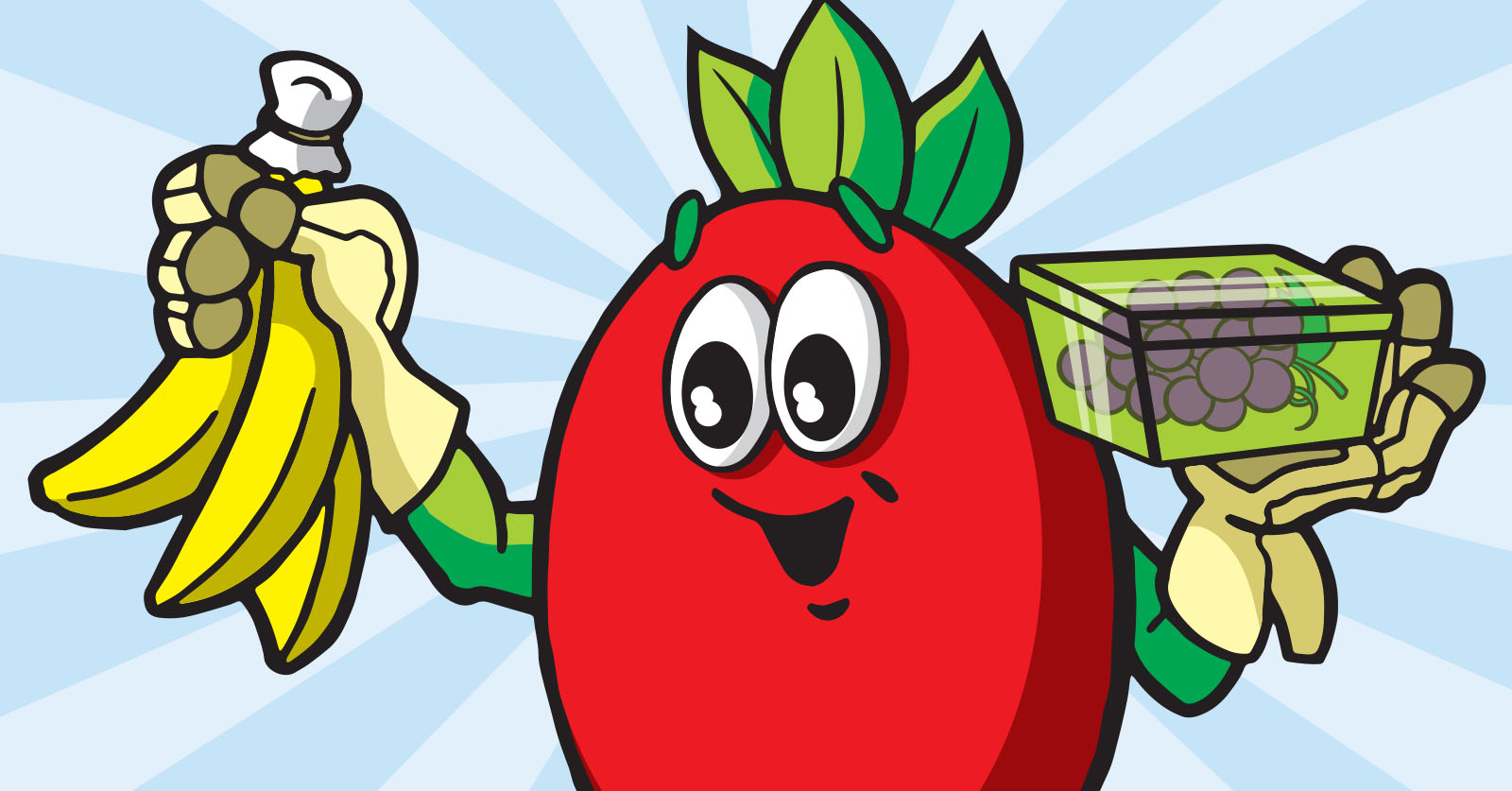Food is the No.1 item Americans throw away.
Most food waste – about 43 percent nationwide – is created at home with produce being the top food item tossed. Preventing food waste at home saves money, conserves resources, reduces waste and through donation helps feed those in need in your community.

Download: A Guide for Reducing Food Waste at Home
Ten Easy Actions to Reduce Food Waste at Home
- Plan meals for the week. Make a list of what you need.
- Shop at home before going to the grocery store and stick to the list.
- Practice FIFO or “First In, First Out.” When returning home from the grocery store, place the newer items behind the older items. This food storage method helps avoid spoilage and ensure that older items are used and not wasted.
- Organize the refrigerator. Understand the sections of your fridge and how they are designed to keep food fresh longer. Did you know the bottom shelf is the coldest? Or not to store milk and eggs in the door?
- Prep and store food. When you get home from the store, wash, dry, chop, dice, slice and place your fresh food in clear storage containers for snacks and easy cooking.
- Freeze food that cannot be eaten immediately. Learn how to do it properly.
- Don’t misinterpret date labels on food that is perfectly fine to eat.
- Leftovers are building blocks for additional meals.
- Share the wealth. Extra food? Prepare a meal for a neighbor. Donate safe unwanted food to a foodbank.
- If you cannot prevent food waste, compost at home to divert unwanted food from the landfill and create a nutrient-rich product to feed your garden or flowerbed.
Sources: DHEC, King County Washington, Natural Resources Defense Council, S.C. Department of Agriculture, Stop Food Waste, U.S. Department of Agriculture, U.S. Environmental Protection Agency, U.S.Food and Drug Administration

